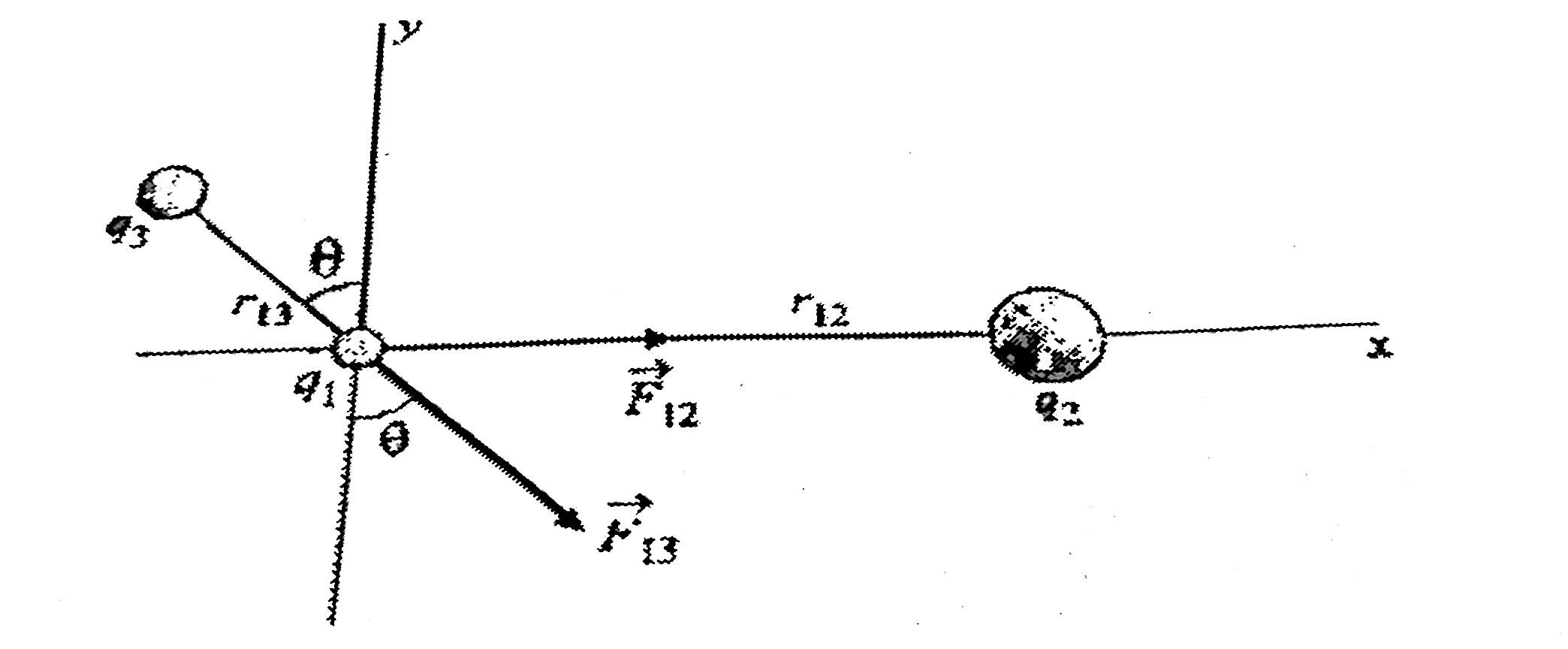Factorise:
q2−10q+21
The correct Answer is:(q−7)(q−3)
To factorise the expression q2−10q+21, we will follow these steps:
Step 1: Identify the coefficients
The expression is in the standard quadratic form ax2+bx+c, where:
- a=1 (coefficient of q2)
- b=−10 (coefficient of q)
- c=21 (constant term)
Hint: Identify the coefficients of the quadratic expression to understand what you are working with.
Step 2: Find two numbers that multiply to ac and add to b
We need to find two numbers that multiply to a⋅c=1⋅21=21 and add to b=−10.
The two numbers that meet these criteria are −3 and −7:
- −3×−7=21
- −3+−7=−10
Hint: Look for pairs of factors of the constant term that also add up to the coefficient of q.
Step 3: Rewrite the middle term
Using the two numbers found, we can rewrite the expression:
q2−10q+21=q2−3q−7q+21
Hint: Break down the middle term into two terms using the numbers you found.
Step 4: Group the terms
Now we group the terms:
(q2−3q)+(−7q+21)
Hint: Group the terms in pairs to prepare for factoring.
Step 5: Factor out the common terms
Now, we factor out the common factors from each group:
q(q−3)−7(q−3)
Hint: Look for common factors in each group and factor them out.
Step 6: Factor by grouping
Now we can factor out the common binomial factor (q−3):
(q−3)(q−7)
Hint: Once you have a common factor, factor it out to simplify the expression.
Final Answer
Thus, the factorised form of q2−10q+21 is:
(q−3)(q−7)
The expression is in the standard quadratic form ax2+bx+c, where:
- a=1 (coefficient of q2)
- b=−10 (coefficient of q)
- c=21 (constant term)
We need to find two numbers that multiply to a⋅c=1⋅21=21 and add to b=−10.
- −3×−7=21
- −3+−7=−10
Using the two numbers found, we can rewrite the expression:
q2−10q+21=q2−3q−7q+21
Now we group the terms:
(q2−3q)+(−7q+21)
Now, we factor out the common factors from each group:
q(q−3)−7(q−3)
Now we can factor out the common binomial factor (q−3):
(q−3)(q−7)
Thus, the factorised form of q2−10q+21 is:
(q−3)(q−7)
Topper's Solved these Questions
- FACTORISATION BOOK - RS AGGARWALCHAPTER - FACTORISATION EXERCISE - EXERCISE 7E
20 Videos
- FACTORISATION BOOK - RS AGGARWALCHAPTER - FACTORISATION EXERCISE - EXERCISE 7C
19 Videos
- EXPONENTS BOOK - RS AGGARWALCHAPTER - EXPONENTS EXERCISE - TEST PAPER-2
18 Videos
- INTRODUCTION TO COORDINATE GEOMETRYBOOK - RS AGGARWALCHAPTER - INTRODUCTION TO COORDINATE GEOMETRYEXERCISE - EXERCISE B (OBJECTIVE QUESTIONS)
7 Videos
Similar Questions
Knowledge Check
The factorisaton of
25−p2−q2−2pq isA(5+p+q)(5−p−q)B(5+p−q)(5−p+q)C(5+p−q)(5−p−q)D(5+p+q)(5−p+q)
Factorise the
y2+4y−21
View SolutionFactorise x2−21x+108.
View SolutionFactorise p4+q4+p2q2.
View SolutionFactorise the
(p2+q2+8)(p+7)+(p2+q2+8)(q−7)
View SolutionFactorise: p2q−pr2−pq+r2
View SolutionFactorise : px−5q−5x+pq
View SolutionThree charges q1,q2 and q3 are shown in figure . Determine the net force acting on charge q1 . The charges and separation are given as q1=−1.0×10−6C,q2=+3.0×10−6C, and q3=−2.0×10−6C,r12=15cm,r13=10cm and θ=30∘.

View Solution
